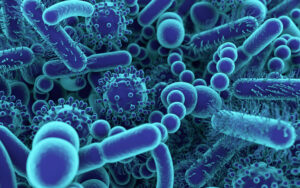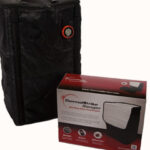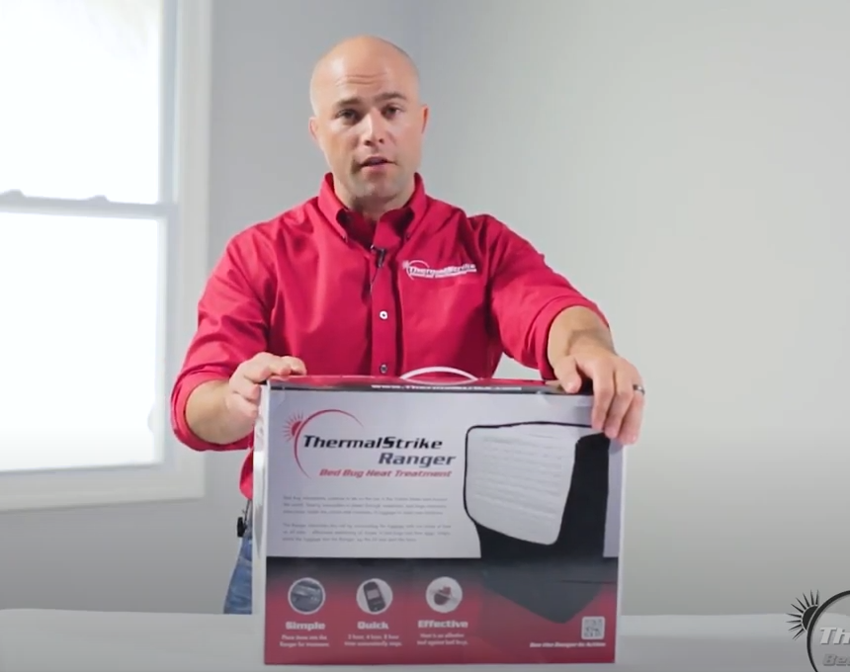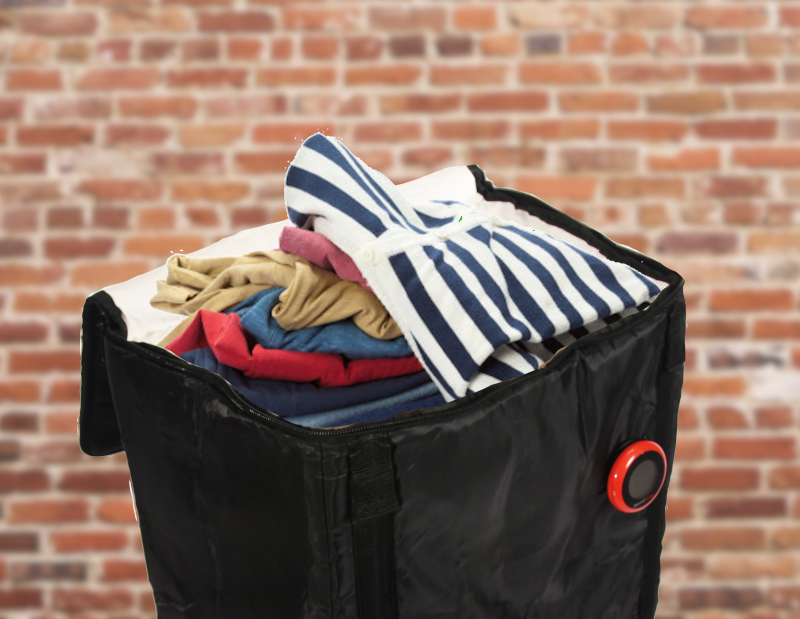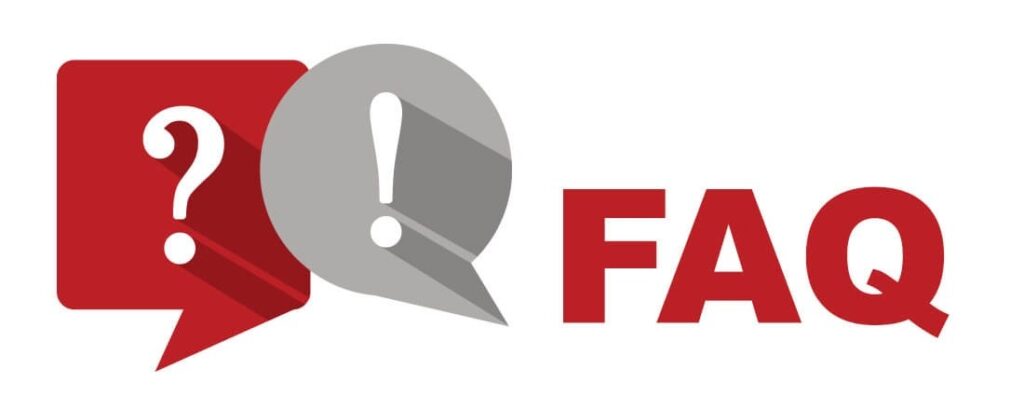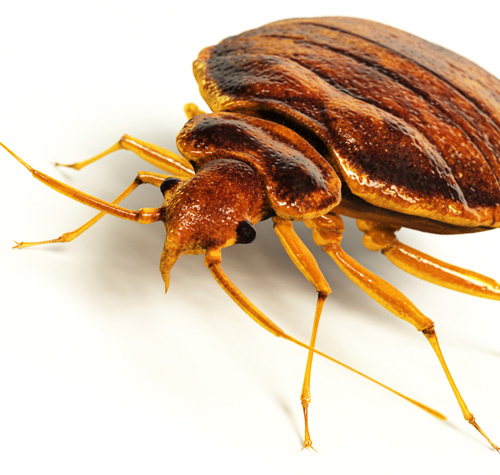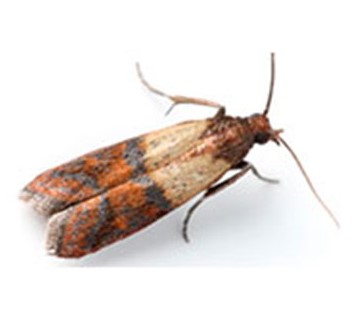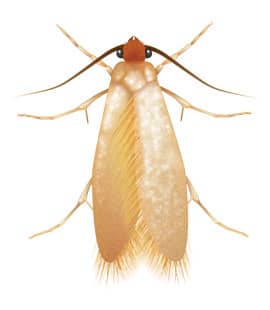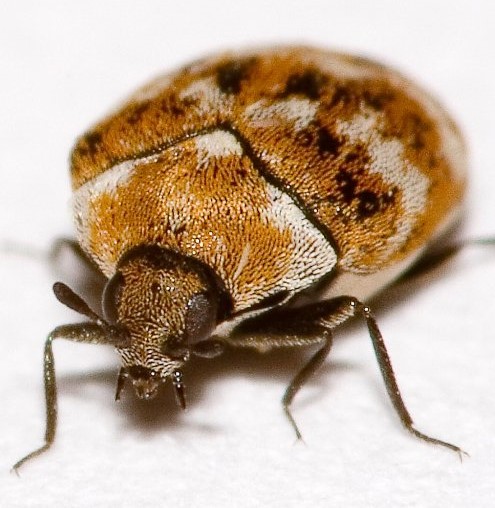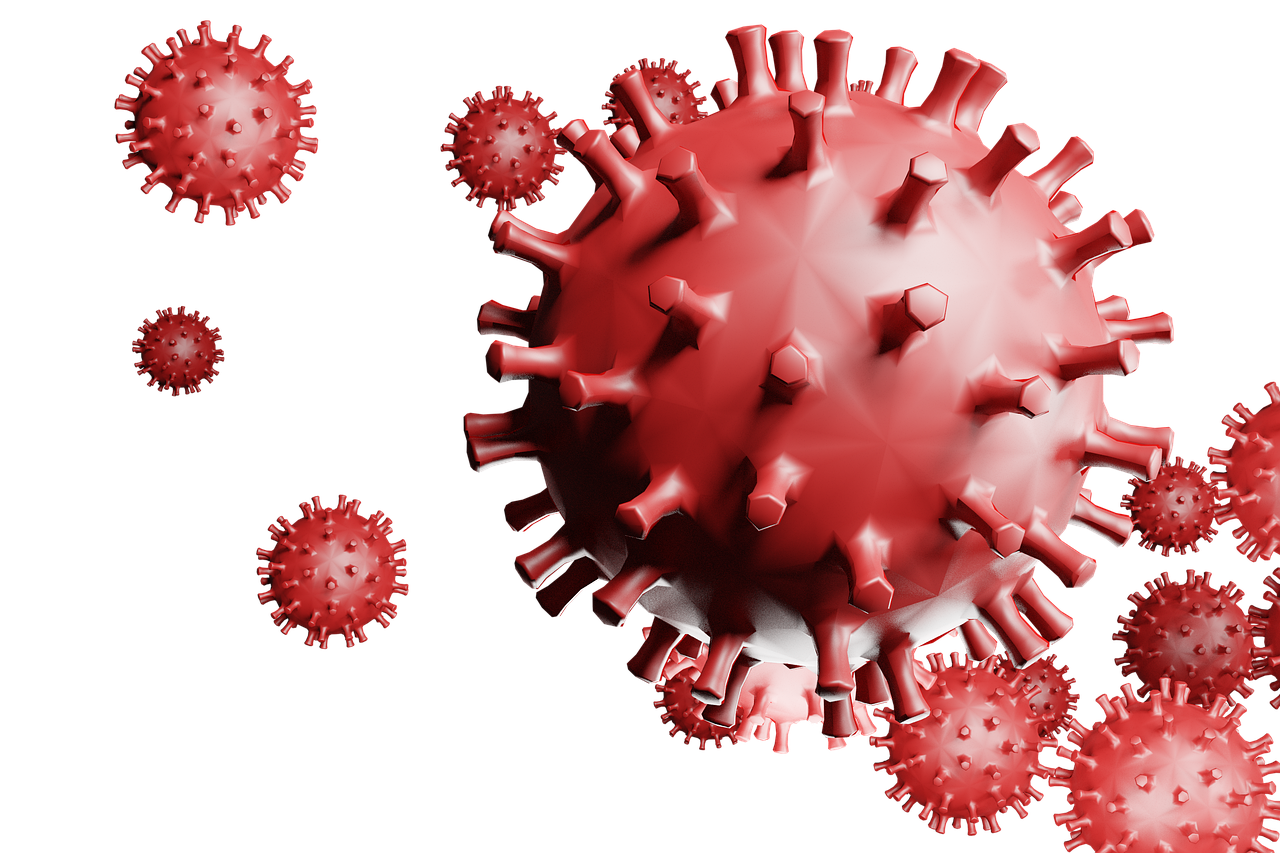- Home

- Products

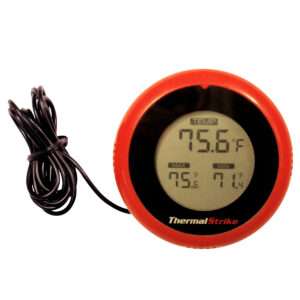
Digital Themometer
Easy-to-read LCD display shows current temperature as well as minimum and maximum reached.
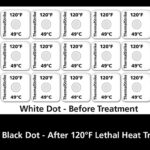
Thermal dots
Easy-to-read indicator circle that turns from white to black at 120°F / 49°C.
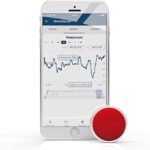
BlueTooth Monitor
Bluetooth logging of temperatures during the heat treatment process. Coming Soon.
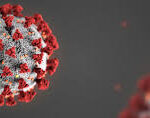
COVID-19 Products
The Ranger meets the FDA requirements for a Tier 3 bioburden reduction system against COVID. Contact for more information.
- Pest Identification

- How To Guides

- Contact Us

- Check Out

what do bedbugs look like
Know Your Enemy
ThermalStrike is designed to target and eliminate bugs and pathogens.
This guide will help identify signs and recommended next steps.
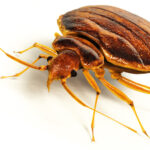
Bedbugs (Cimex lectularius)
a.k.a. Public Enemy #1
Target temperature 120°F
Bed bugs have conquered quite diverse locations, ranging from hospitals, hotels to trains, cruise ships and even airplanes. When dealing with an infestation at home or abroad, it is critical to limit any further spread.
Most Commonly Spread By:
- Luggage and Travel Gear. Bedbugs typically stowaway in luggage or seams of backpacks, purses, etc. Suspect luggage should be treated prior to unpacking.
- Furnishings. Used couches, mattresses, bed frames, and night stands are all highly should generally be avoided. Discarded items should be identified with a warning.
- Adjoining Rooms and Properties. Bedbugs can quickly spread between multi-family housing units through cracks and gaps around electrical outlets.
Primary Items for Treatment
- Bedding: Bedbugs will typically stay close to a sleeping area if there is a food source. Blankets, pillows, and sheets should routinely be treated during an infestation to eliminate eggs and colonies.
- Luggage: Having a plan setting up the Ranger before traveling will be a welcome sight when you return. Remove any heat sensitive items such as medicines, deodorants or cosmetics. In most cases, bugs will not travel on a person.
- Heat Sensitive Items: Never heat treat medicine – bottles should be inspected and wiped down. Items such as computers should be treated separate (see support FAQ)
Bed Bug Colony
Bed Bugs Grouping
Life Stages
Various Types of Lice
Inspection
Bedbug Hide in Folds and Seems of Bedding
Egg <1mm
Eggs hatch within 10 days
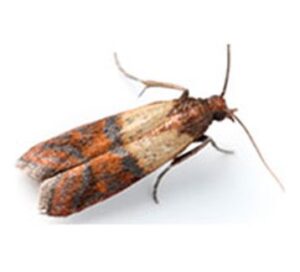
Pantry and Clothes Moths
Target temperature 125°F
ThermalStrike is effective against all stages of moths – eggs, nymphs, larvae, and adults.
There are two types of destructive moths typically found in the US:
Clothes Moths.
- Identification and Diet. These moths feed exclusively on animal fibers such as wool, silk, felt, and leather. These moths can live up to two years and start as creamy white caterpillars.
- Treating Items. Treating any natural fibers blankets or clothing.
Pantry or Indian Moths
- Identification: These moths and their larvae can invade cupboard with grains and cereals. It is also common for them to infest bird seed.
- Inspect Food: Food for human consumption infested with moths or larvae should be discarded. Sealed containers may be salvaged
- Birdseed and Other: Large bags of feed should be transferred to plastic storage containers and spread no deeper than 6 inches during 4-hour treatment.
Clothes Moth
Destroys Natural Fibers
Clothing Destruction
Sweaters Blankets and Such
Pantry Moth
a.k.a. Indian Moth Eat Grains
Moth Larvae
Larvae can travel far from food sources in order to pupate
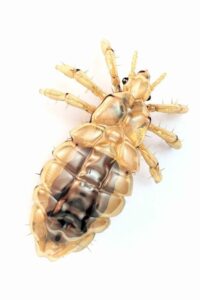
Lice
Target temperature 122° to 131°F
Lice are tiny, wingless, parasitic insects that feed on human blood. Lice are easily spread — especially by schoolchildren — through close personal contact and by sharing belongings. People can have good personal hygiene and still get lice. Unless treated properly, this condition can become a recurring problem.
There are three types of lice:
- Head lice. These lice are found on your scalp. They’re easiest to see at the nape of the neck and over the ears.
- Body lice. These lice live in clothing and on bedding and move onto your skin to feed. Body lice most often affect people who aren’t able to bathe or launder clothing regularly, such as homeless individuals.
- Pubic lice. Commonly called crabs, these lice occur on the skin and hair of the pubic area and, less frequently, on coarse body hair, such as chest hair, eyebrows or eyelashes.
Items for Treatment
- Clothing and Bedding: Treat clothing, bed linens, and other items that an infested person wore or used during the 2 days before beginning personal treatment.
- Personal Care Items: Heat treat items that are in contact with hair such as combs, brushes, hair ribbons, barrettes and towels.
- Heat Sensitive Items: Any items that cannot be treated should sealed in a plastic bag and stored for 2 weeks (per CDC guidelines)
Lice Adult
Close Up On Hair
Personal Care
Combing for Lice
Life Stages
Various Types of Lice
Lice Eggs
Nits attach to hair follicles
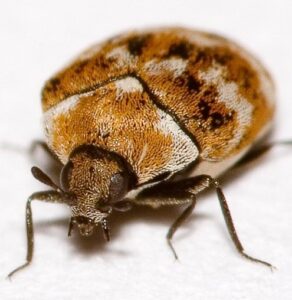
Carpet Beetles
Target temperature 120°F
Carpet beetles do not bit humans. They feed on dead animal products, dander, and other debris. The larvae, however, do chew through fabric causing damage.
Carpet beetles are often attracted to light and warmth indoors. Often, they’ll just fly inside your home, but can also get inside on pets or clothes.
If carpet beetles are living in your bed, it can be hard to tell if you have them or bed bugs. Both can live in mattresses and other bedding, and are attracted to the carbon dioxide you exhale as you sleep.
How to Treat for Carpet Beetles
- Vacuum: Vacuum floors, carpets, and heating vents – especially around the edges and corners.
- Clothing and Fabrics: Clothing and other fabrics are easily treated.
- Bedding: If carpet beetles are found near the bed, treat linens and bedding in a similar manner as bedbugs. A mattress encasement may be helpful.
Black Carpet Beetle
Most Descrtuctive in North America
Larvae
Prickly fibers may cause rashes
Varied Carpet Beetle
A common house and museum pest
Carpet Beetle and Larvae
Larvae may cause rashes

Lice
Target temperature 122° to 131°F
Lice are tiny, wingless, parasitic insects that feed on human blood. Lice are easily spread — especially by schoolchildren — through close personal contact and by sharing belongings. People can have good personal hygiene and still get lice. Unless treated properly, this condition can become a recurring problem.
There are three types of lice:
- Head lice. These lice are found on your scalp. They’re easiest to see at the nape of the neck and over the ears.
- Body lice. These lice live in clothing and on bedding and move onto your skin to feed. Body lice most often affect people who aren’t able to bathe or launder clothing regularly, such as homeless individuals.
- Pubic lice. Commonly called crabs, these lice occur on the skin and hair of the pubic area and, less frequently, on coarse body hair, such as chest hair, eyebrows or eyelashes.
Items for Treatment
- Clothing and Bedding: Treat clothing, bed linens, and other items that an infested person wore or used during the 2 days before beginning personal treatment.
- Personal Care Items: Heat treat items that are in contact with hair such as combs, brushes, hair ribbons, barrettes and towels.
- Heat Sensitive Items: Any items that cannot be treated should sealed in a plastic bag and stored for 2 weeks (per CDC guidelines)
Lice Adult
Close Up On Hair
Personal Care
Combing for Lice
Life Stages
Various Types of Lice
Lice Eggs
Nits attach to hair follicles
